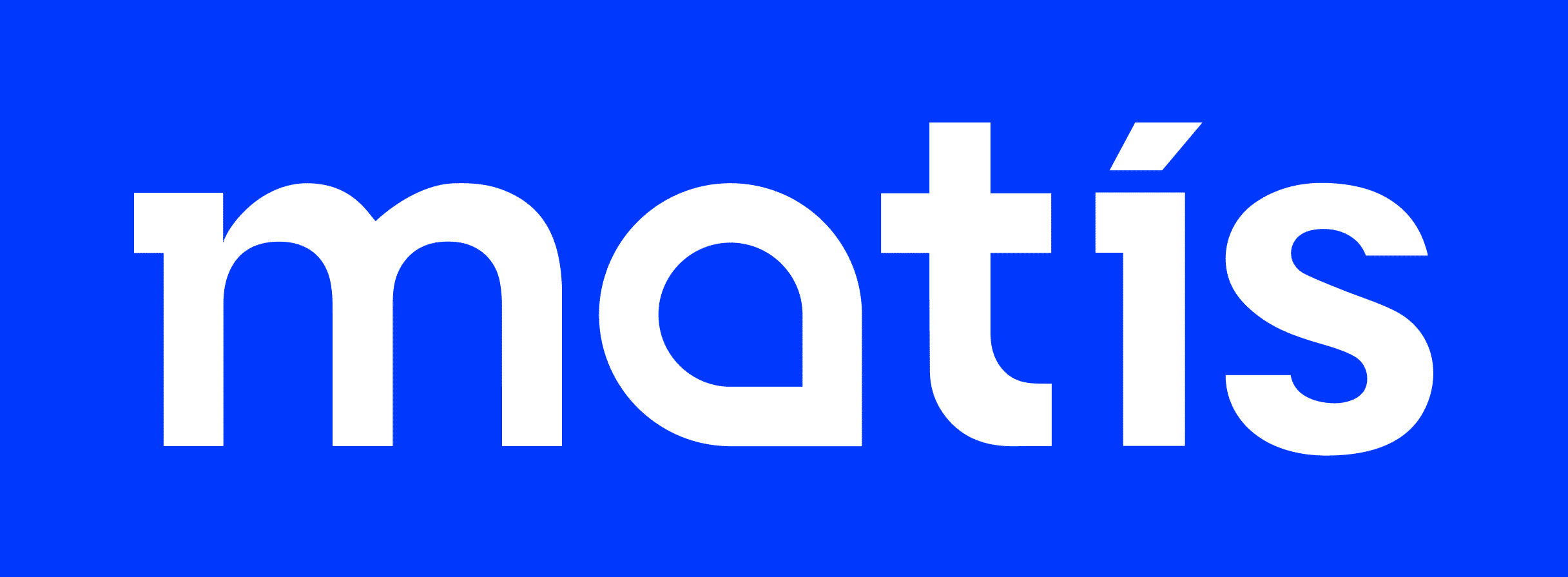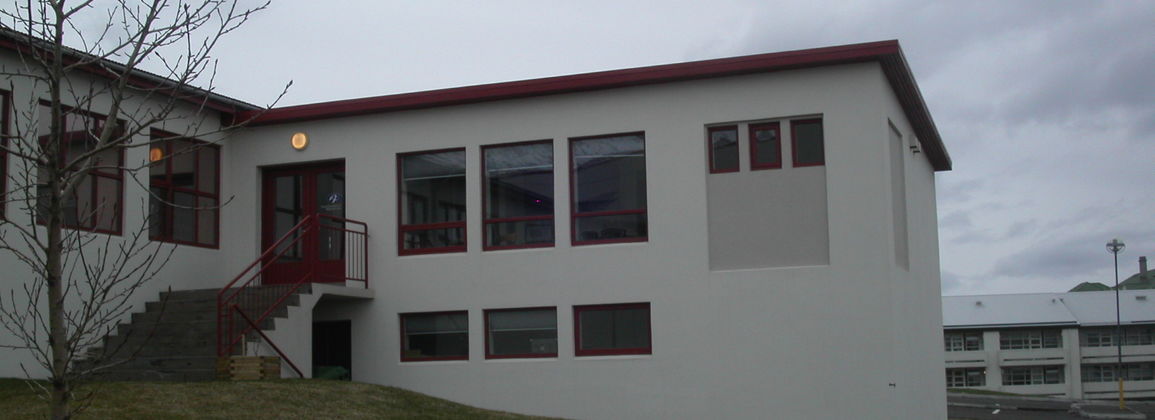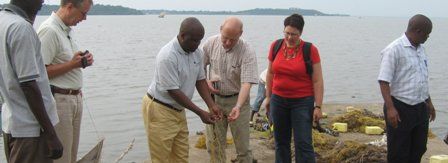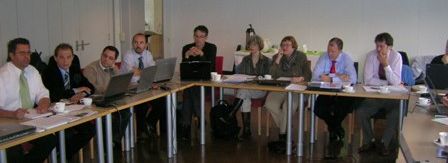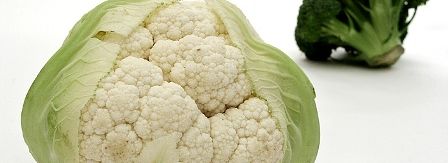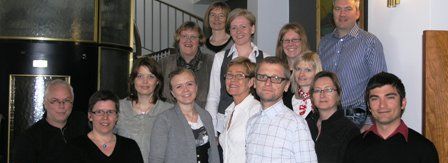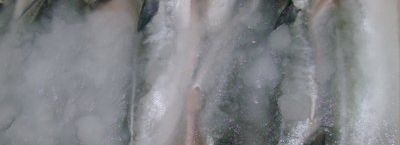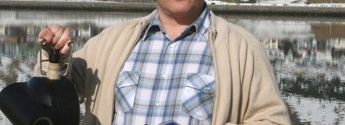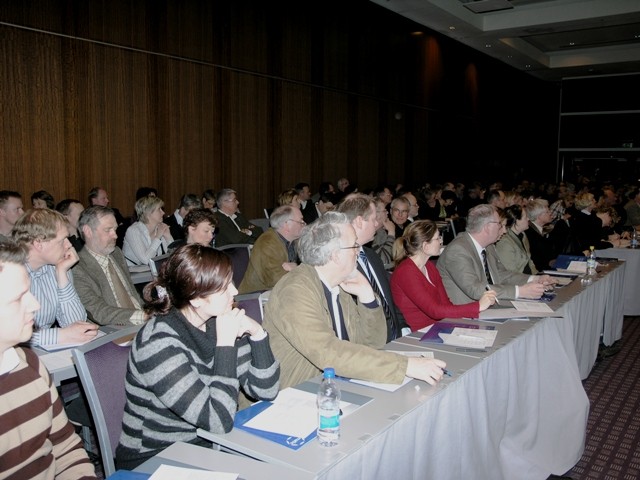One of the main opportunities for the Icelandic fishing industry is to increase the value of the raw materials that come from the sea. By processing food supplements from fish, it is possible to significantly increase the value of the raw material, not least from underutilized species which are now generally not used for human consumption or by-products and incidental raw materials in traditional food processing. This is stated in Matís' new report.
In the report Fish protein as a dietary supplement, discusses the potential potential of processing a large proportion of seafood into valuable products, in particular the processing of fish proteins for use in the fast-growing food and health products market.
The market for food supplements and health products has grown enormously in recent years. years and such products are now a larger part of people's nutrition than before. Dietary supplements are foods that are intended as a supplement to a regular diet. Proteins in supplements and health products are mainly made from milk and vegetable proteins.
Matís' report concludes that the nutritional composition of fish proteins is optimal as a dietary supplement, but development and research to produce them with the properties that are considered to be the most optimal for dietary supplements have been deficient so far. By processing food supplements from fish, it would be possible to increase the value of the raw material. The aim of the project was to develop fish proteins that were used as dietary supplements.

As can be seen in the figure, specialized and developed products are more profitable than general and less processed products. Chances are that profits increase as the products are processed more. The more developed the products are, the more valuable they become and with each step the products approach the pharmaceutical market, their value increases.
